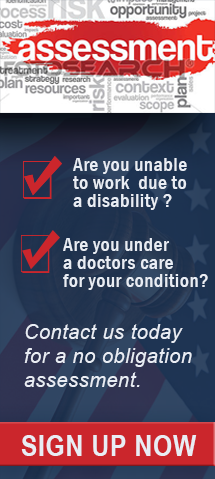Our attorneys represent Social Security Claimants suffering with Panic Attacks. Our lawyers travel to disability hearing offices and appear before Administrative Law Judges (ALJs) throughout the United States including Louisiana, Mississippi, Alabama, New Mexico, Washington and Florida.
The Social Security Disability Listing for Panic Attacks is under the listing for Anxiety disorders.
The sources of evidence include: 11. Anxiety disorders. In cases involving agoraphobia and other phobic disorders, panic disorders, and posttraumatic stress disorders, documentation of the anxiety reaction is essential. At least one detailed description of your typical reaction is required. The description should include the nature, frequency, and duration of any panic attacks or other reactions, the precipitating and exacerbating factors, and the functional effects.
If the description is provided by a medical source, the reporting physician or psychologist should indicate the extent to which the description reflects his or her own observations and the source of any ancillary information. Statements of other persons who have observed you may be used for this description if professional observation is not available.
12.06 Anxiety-related disorders: In these disorders anxiety is either the predominant disturbance or it is experienced if the individual attempts to master symptoms; for example, confronting the dreaded object or situation in a phobic disorder or resisting the obsessions or compulsions in obsessive compulsive disorders.
The required level of severity for these disorders is met when the requirements in both A and B are satisfied, or when the requirements in both A and C are satisfied.
A. Medically documented findings of at least one of the following:
1. Generalized persistent anxiety accompanied by three out of four of the following signs or symptoms:
a. Motor tension; or
b. Autonomic hyperactivity; or
c. Apprehensive expectation; or
d. Vigilance and scanning; or
2. A persistent irrational fear of a specific object, activity, or situation which results in a compelling desire to avoid the dreaded object, activity, or situation; or
3. Recurrent severe panic attacks manifested by a sudden unpredictable onset of intense apprehension, fear, terror and sense of impending doom occurring on the average of at least once a week; or
4. Recurrent obsessions or compulsions which are a source of marked distress; or
5. Recurrent and intrusive recollections of a traumatic experience, which are a source of marked distress;
AND
B. Resulting in at least two of the following:
1. Marked restriction of activities of daily living; or
2. Marked difficulties in maintaining social functioning; or
3. Marked difficulties in maintaining concentration, persistence, or pace; or
4. Repeated episodes of decompensation, each of extended duration.
OR
C. Resulting in complete inability to function independently outside the area of one’s home.

